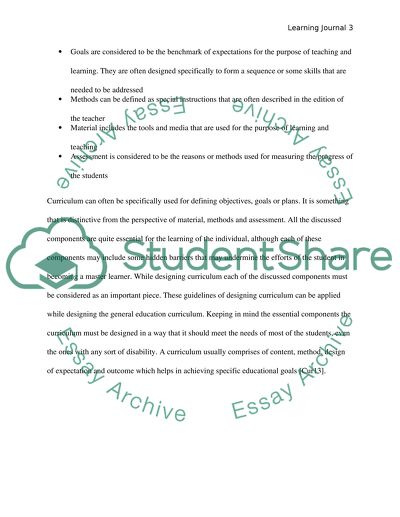Cite this document
(“Learning Journal Essay Example | Topics and Well Written Essays - 2000 words”, n.d.)
Learning Journal Essay Example | Topics and Well Written Essays - 2000 words. Retrieved from https://studentshare.org/education/1626155-learning-journal
Learning Journal Essay Example | Topics and Well Written Essays - 2000 words. Retrieved from https://studentshare.org/education/1626155-learning-journal
(Learning Journal Essay Example | Topics and Well Written Essays - 2000 Words)
Learning Journal Essay Example | Topics and Well Written Essays - 2000 Words. https://studentshare.org/education/1626155-learning-journal.
Learning Journal Essay Example | Topics and Well Written Essays - 2000 Words. https://studentshare.org/education/1626155-learning-journal.
“Learning Journal Essay Example | Topics and Well Written Essays - 2000 Words”, n.d. https://studentshare.org/education/1626155-learning-journal.


